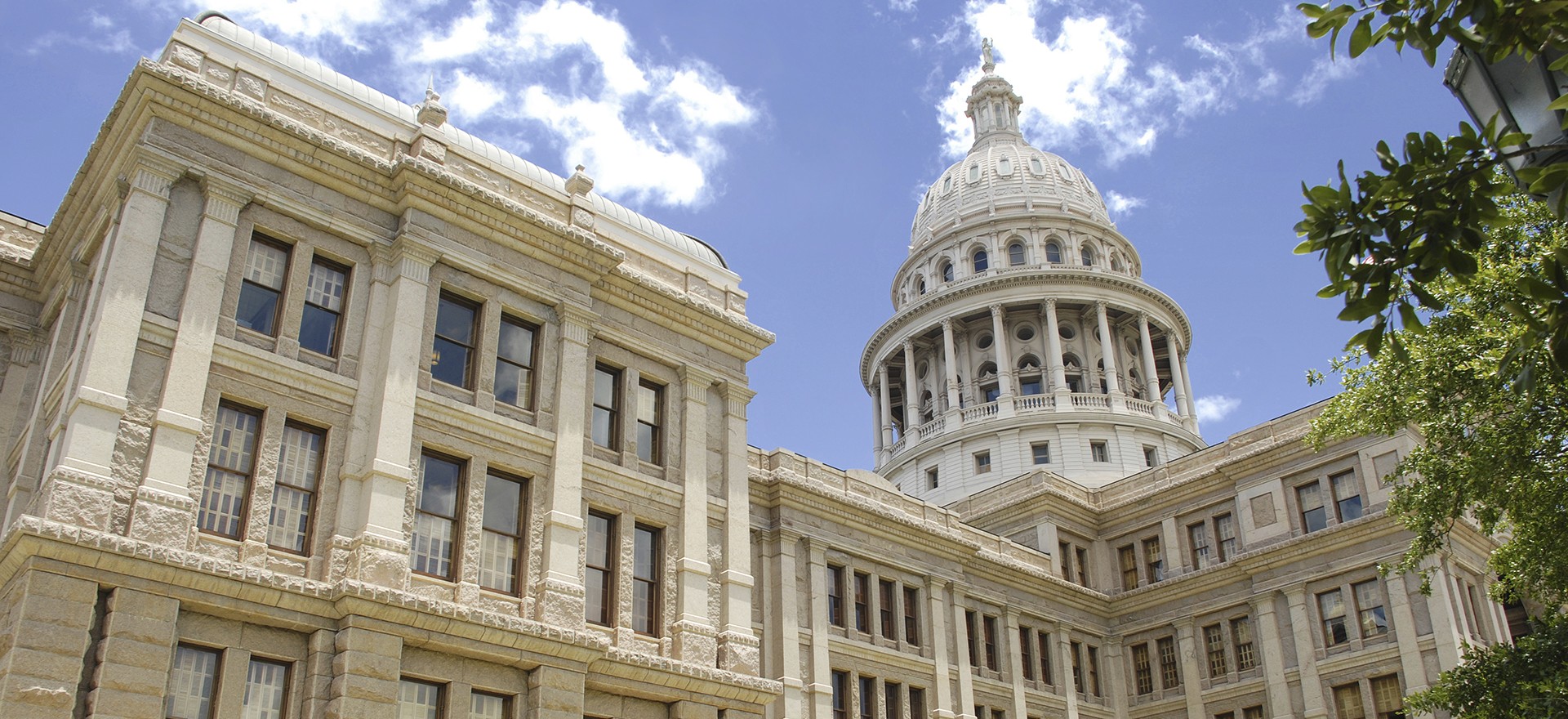Kinder Institute study shows 73% of Texas schools are underfunded

Date Posted: 8/09/2024 | Author: Tricia Cave
Rice University’s Kinder Institute for Urban Research published a report examining the relationship between funding gaps and student performance. The study released Monday found that over 73% of Texas school districts are underfunded. Additionally, 17% of school districts are “severely” underfunded, a designation indicating an over 40% gap between funding and the needs of the district.
The study also showed a correlation between funding and A-F accountability ratings, with higher funding gaps increasing that correlation. Severely underfunded districts, no matter their location (rural, urban, suburban), were strongly associated with grades of C or lower on the Texas Education Agency (TEA) accountability scale. According to the study, the likelihood of a school achieving an A or B rating dropped significantly when a district had a funding gap exceeding 40%.
The study found that despite the passage of HB 3 in 2019, which provided a much-needed increase in per-student funding, today’s funding is the equivalent of 2014 funding numbers. This is due to variables such as inflation and recapture, as well as a lack of action by the legislature since the passage of HB 3 to keep funding at the same or higher levels.
Districts across the state have been passing deficit budgets following the 2023 legislative session in which no funding increases were passed to help Texas public schools. Schools fought hard for increased funding, citing that they had not received additional funds since the passage of HB 3 and pointing out the negative impact of inflation on budgets. Despite a historic budget surplus, Gov. Greg Abbott (R) insisted that schools would not receive any funding increases unless his private school voucher legislation was passed. Due to Abbott’s stance, many districts have had to make sharp cuts to programs and personnel, with no idea when the state might offer additional funding.
The report concludes that we must invest in closing funding gaps if we want to see achievement scores rise. This makes sense—without proper funding, schools cannot finance programs that benefit students, such as arts or CTE; cannot maintain or increase teacher salaries to remain competitive with other school districts; and cannot invest in innovative practices that help their teachers be more effective in the classroom. The solution is simple: The state must fund our public schools and address funding gaps to create a more equal playing field so that all students can achieve.
CONVERSATION
RECOMMENDED FOR YOU

12/19/2025
Teach the Vote’s Week in Review: Dec. 19, 2025
Happy Holidays from ATPE! The ACLU of Texas is challenging SB 12 in federal court, and ATPE has distributed candidate surveys to those running for statewide, legislative, and SBOE seats.

12/18/2025
Gov. Abbott’s property tax promise and the split in the Texas GOP
Property taxes aren’t just a political talking point. They’re the main revenue source for vital local services, including police, fire, and public education.

12/12/2025
Dec. 8 filing deadline sets the stage for 2026 elections
Now’s the time to confirm your voter registration and update it if necessary.


Thanks for sharing. Village Talkies is a top quality professional <a href="https://www.villagetalkies.com/top-5-3d-architectural-walkthrough-animation-rendering-services-companies-in-dubai-uae/"> 3D architectural walkthrough animation company in Dubai</a> and best 3D Rendering Company in Dubai providing Marketing & Sales videos, <a href=" https://www.villagetalkies.com/top-5-safety-video-production-companies-in-dubai-uae/"> Safety video production</a>,<a href="https://www.villagetalkies.com/top-5-post-production-and-video-editing-companies-in-dubai-uae/"> Post production and video editing services</a>, 3D Architectural Visualization and Walkthrough Services along with <a href="https://www.villagetalkies.com/top-5-interior-design-companies-in-dubai-uae/"> luxury interior designs and exterior designs </a>and more.